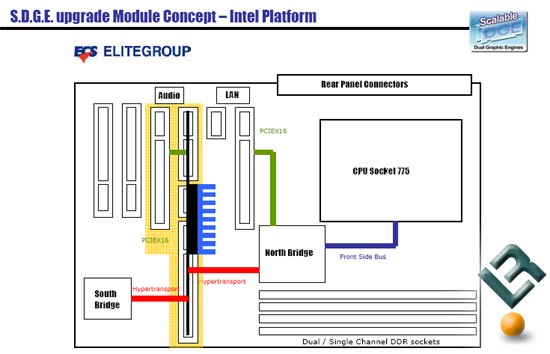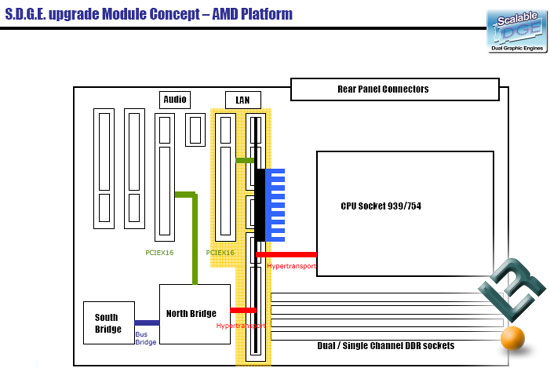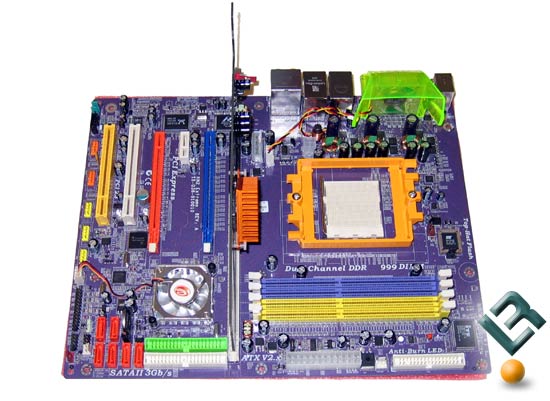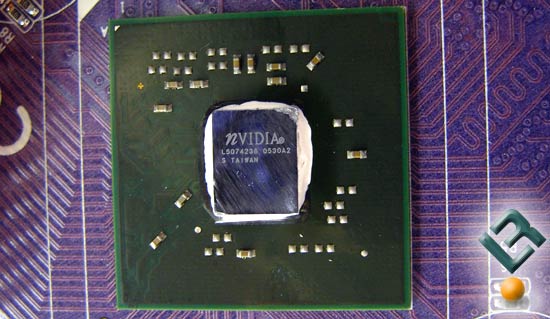ECS Elitegroup 2005 Editor’s Day
ECS Introduces SDGE Technology
When ECS invited Legit Reviews to come out, they told us they had some innovative products to show us and they didn’t disappoint by any means. They introduced us to one of their more inovative ideas, the Scalable Dual Graphics Engines (S.D.G.E.) technology.
ECS’s S.D.G.E. offers a flexible graphics solution that will allow consumers to have two PCIE x16 graphic slots, provided both cards are of the same make and model. Sounds like Crossfire and SLI, right? We thought so too, but ECS assured us S.D.G.E. was not designed to compete against NVIDIA’s and ATI’s multi-GPU solutions even though the performance is on par with the other solutions.
In fact, S.D.G.E is a cross platform board in the sense that the user can use either a pair of ATI or NVIDIA based video cards, instead of being forced to choose a board based on either platform. The basic idea of ECS’ S.D.G.E. is that a budget minded consumer can purchase a low-cost ($65 to $70) dual x16 PCIe motherboard for either an AMD or Intel processor. At some later point, when you can afford it or the need arises, one can add in an S.D.G.E. card for $30 to $35 to gain more PCIE configurations.
ECS Scalable Dual Graphic Engines Specifications:
- Dual PCIE X 16 Slots
- Upgradeability / Performance
- Support up to 4 displays
Multiple PCIE Configurations
- PCIE X 16 + PCIE X 4
- PCIE X 8 + PCIE X 8
- PCIE X 16 + PCIE X 16
The Intel S.D.G.E. Concept Diagram:

The AMD S.D.G.E Concept Solution:

On display at Editor’s Day was the unreleased ECS KN2 Extreme Revision A motherboard with the S.D.G.E card installed. The card takes up the entire width of the motherboard, but does enable the other PCI Express slot for full x16 operation.

We couldn’t walk away without removing the heat sink and when we did we found the unreleased nVidia C51 chipset underneath.

To sum up S.D.G.E. one starts out with a motherboard that has one x16 PCIe lane that is functional and by adding the S.D.G.E. card a second x16 PCIe becomes unlocked. You end up with 2 x16 slots instead of 2 x8 as you do in original SLI and Crossfire chipsets. The concept is very interesting. The only possible issue with the technology is driver support. If nVidia (for example) keeps their drivers locked then this solution is dead in the water. ECS is at the mercy of ATI and nVidia, however they are certain that some kind of compromise can be worked out.

Comments are closed.